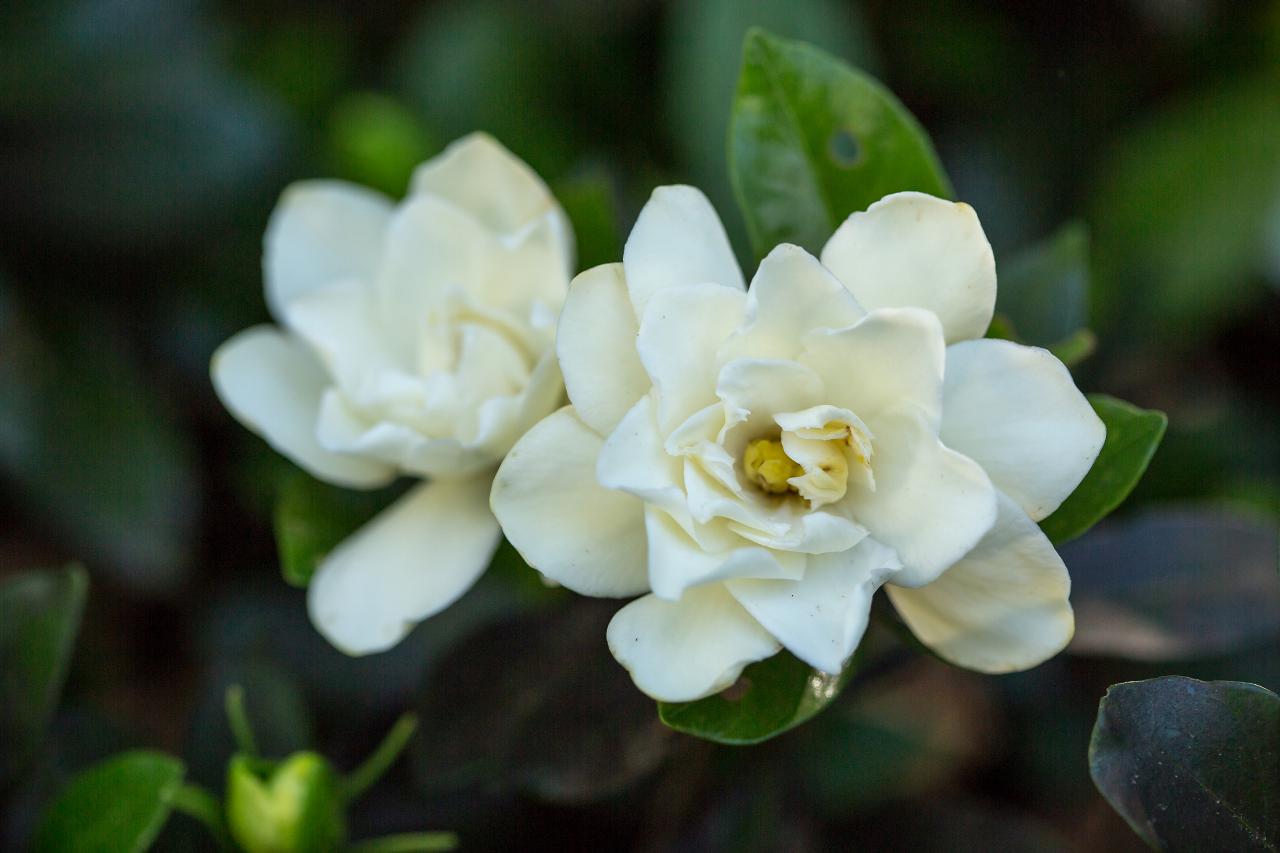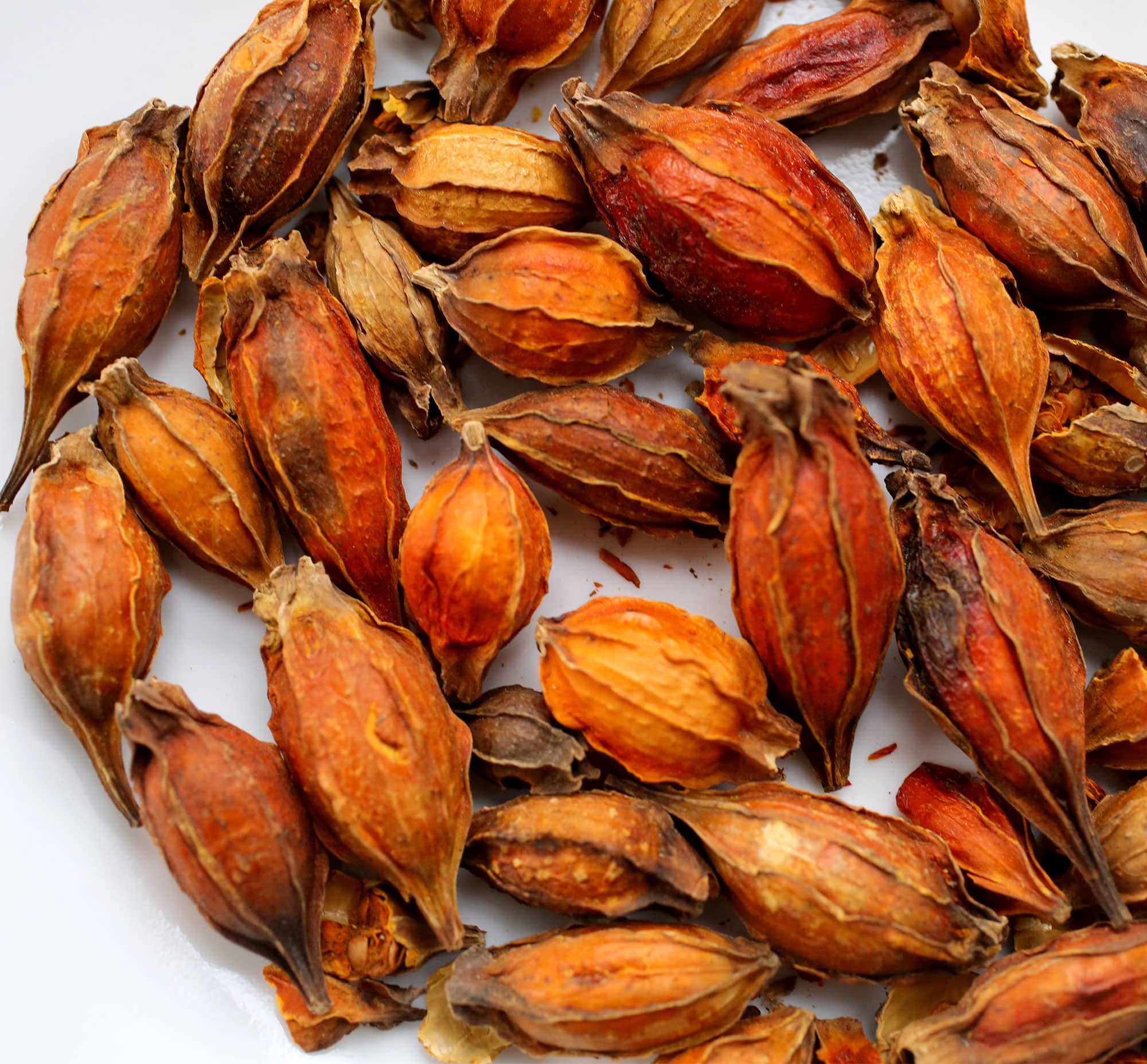What Happens After the Flowers Fade
Gardenia plants are renowned for their stunning, fragrant blooms that captivate the senses. However, once these beautiful flowers have faded, many gardeners wonder what happens next. Do gardenias make seed pods, and if so, what role do they play in the plant’s life cycle? To understand the answer to this question, it’s essential to delve into the world of gardenias and explore their reproductive habits. Gardenias, being evergreen shrubs, have a unique life cycle that involves flowering, pollination, and seed production. But what triggers these processes, and how do they impact the plant’s growth and development? In this article, we’ll uncover the secrets of gardenia seed production and explore the fascinating world of these beloved plants.
The Role of Pollination in Seed Production
Pollination plays a crucial role in the seed production process of gardenias. Without it, the flowers would not be able to fertilize, and seeds would not form. In gardenias, pollination occurs when pollen from the male reproductive organs of the flower is transferred to the female reproductive organs. This process is typically facilitated by pollinators such as bees, butterflies, and other insects that visit the flowers in search of nectar. As these pollinators move from flower to flower, they inadvertently transfer pollen, allowing the gardenia flowers to fertilize and produce seeds. The importance of pollinators in seed production cannot be overstated, as they are essential for the reproduction of gardenias. In fact, without pollinators, many gardenia varieties would be unable to produce seeds, making them reliant on other methods of propagation, such as cuttings.
Do Gardenias Produce Seed Pods?
So, do gardenias make seed pods? The answer is yes, but with some exceptions. While many gardenia varieties produce seed pods, not all of them do. In fact, some popular varieties, such as ‘Kleim’s Hardy’ and ‘Frostproof’, are sterile and do not produce viable seeds. This is because they have been bred for their ornamental value, rather than for seed production. On the other hand, some gardenia species, like Gardenia jasminoides, produce abundant seed pods. These seed pods typically contain multiple seeds, which can be harvested and used to propagate new gardenia plants. However, it’s essential to note that not all gardenia seeds are viable, and the germination rates can be low. This is why many gardeners prefer to propagate gardenias using cuttings or layering, rather than relying on seed production.
How to Encourage Seed Production in Gardenias
To encourage seed production in gardenias, it’s essential to provide the right growing conditions. Start by ensuring your gardenia is planted in well-draining soil with a pH between 5.5 and 6.5. This will help promote healthy root growth, which is critical for seed production. Next, make sure your gardenia is receiving adequate water. Gardenias need consistent moisture, especially when they’re producing flowers and seeds. However, be careful not to overwater, as this can lead to root rot and other problems. Pruning is also crucial for encouraging seed production. By pruning your gardenia regularly, you can promote bushy growth and encourage the plant to produce more flowers, which can lead to more seeds. Additionally, consider providing support for your gardenia plant, such as a trellis or stake, to help it grow upright and produce more flowers. Finally, consider hand-pollinating your gardenia flowers to increase the chances of seed production. This can be done by gently transferring pollen from the male flowers to the female flowers using a small, clean brush. By following these tips, you can encourage your gardenia to produce more seeds and enjoy the rewards of growing these beautiful plants from seed.
The Challenges of Growing Gardenias from Seed
While growing gardenias from seed can be a rewarding experience, it’s not without its challenges. One of the main difficulties is the low germination rate of gardenia seeds. In fact, it’s not uncommon for only a small percentage of seeds to germinate, which can be frustrating for gardeners. Additionally, gardenia seeds can be slow to germinate, taking several weeks or even months to sprout. This can make it difficult to determine whether a seed is viable or not. Another challenge of growing gardenias from seed is the potential for genetic variation. Because gardenias are open-pollinated, they can be cross-pollinated by insects or other means, which can result in seeds that don’t produce plants with the same characteristics as the parent plant. This can lead to unpredictable results and make it difficult to reproduce specific varieties. Furthermore, gardenia seeds can be sensitive to temperature, light, and moisture, which can affect their ability to germinate and grow. By understanding these challenges, gardeners can take steps to overcome them and successfully grow gardenias from seed. For example, using fresh seeds, providing optimal growing conditions, and using techniques like stratification can improve germination rates and increase the chances of success.
Gardenia Varieties and Their Seed-Producing Abilities
When it comes to gardenias, not all varieties are created equal when it comes to seed production. While some gardenias are prolific seed producers, others may not produce seeds at all. One popular variety, ‘Radicans’, is known for its ability to produce seeds, although the seeds may not always be viable. Another variety, ‘August Beauty’, is also a seed producer, but the seeds may require special care to germinate. On the other hand, some gardenias, such as ‘Kleim’s Hardy’, are sterile and do not produce seeds. Understanding the seed-producing abilities of different gardenia varieties is essential for gardeners who want to grow these plants from seed. By choosing a variety that is known to produce seeds, gardeners can increase their chances of success. Additionally, some gardenias may produce seeds that are hybrids, which can result in plants with unique characteristics. By exploring the different varieties of gardenias and their seed-producing abilities, gardeners can gain a deeper appreciation for these beautiful plants and the complexities of seed production.
Seed Pods vs. Cuttings: Which is Best for Propagation?
When it comes to propagating gardenias, gardeners have two main options: seed pods and cuttings. While both methods have their advantages and disadvantages, understanding the differences between them is crucial for successful propagation. Seed pods, as discussed earlier, are a natural way to propagate gardenias, but they can be unpredictable and may not produce plants with the same characteristics as the parent plant. On the other hand, cuttings offer a more controlled approach to propagation, allowing gardeners to reproduce exact replicas of their favorite gardenia varieties. However, cuttings require more skill and care, and may not be suitable for all gardeners. In terms of seed pods, one of the main advantages is that they allow for genetic diversity, which can lead to new and interesting varieties. Additionally, seed pods are a low-cost and low-maintenance method of propagation. However, the germination rate of seed pods can be low, and the resulting plants may not be true to the parent plant. Cuttings, on the other hand, offer a higher success rate and more predictable results, but they can be more time-consuming and require more expertise. Ultimately, the choice between seed pods and cuttings depends on the gardener’s goals and preferences. For those looking to experiment with new varieties and are willing to take on the challenges of seed propagation, seed pods may be the way to go. For those who want more control and predictability, cuttings may be the better option. By understanding the pros and cons of each method, gardeners can make informed decisions and increase their chances of success.
Conclusion: Unraveling the Mystery of Gardenia Seed Pods
In conclusion, the question of whether gardenias produce seed pods has been answered. While not all gardenias produce seeds, certain varieties like ‘Radicans’ and ‘August Beauty’ are known to produce viable seeds. By understanding the role of pollination, the importance of soil quality and pruning, and the challenges of growing gardenias from seed, gardeners can increase their chances of success. Additionally, by exploring the different methods of propagation, including seed pods and cuttings, gardeners can make informed decisions about which approach is best suited to their needs. Ultimately, understanding seed production in gardenias is crucial for gardeners who want to grow these beautiful plants from seed. By continuing to learn about the intricacies of gardenia seed production, gardeners can unlock the secrets of these stunning blooms and enjoy their beauty for years to come. Remember, do gardenia make seed pods? The answer is yes, but it’s not always a guarantee. With patience, practice, and a deeper understanding of these plants, gardeners can successfully grow gardenias from seed and enjoy their breathtaking beauty.





